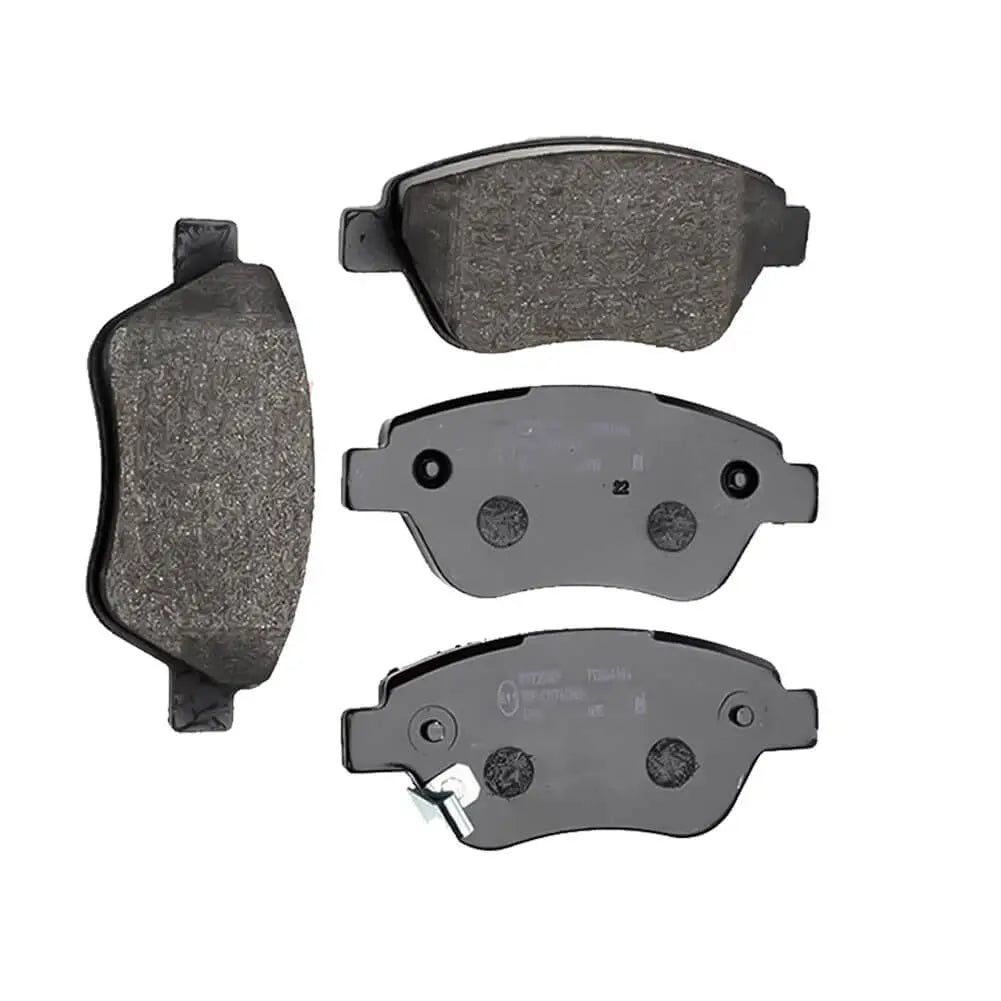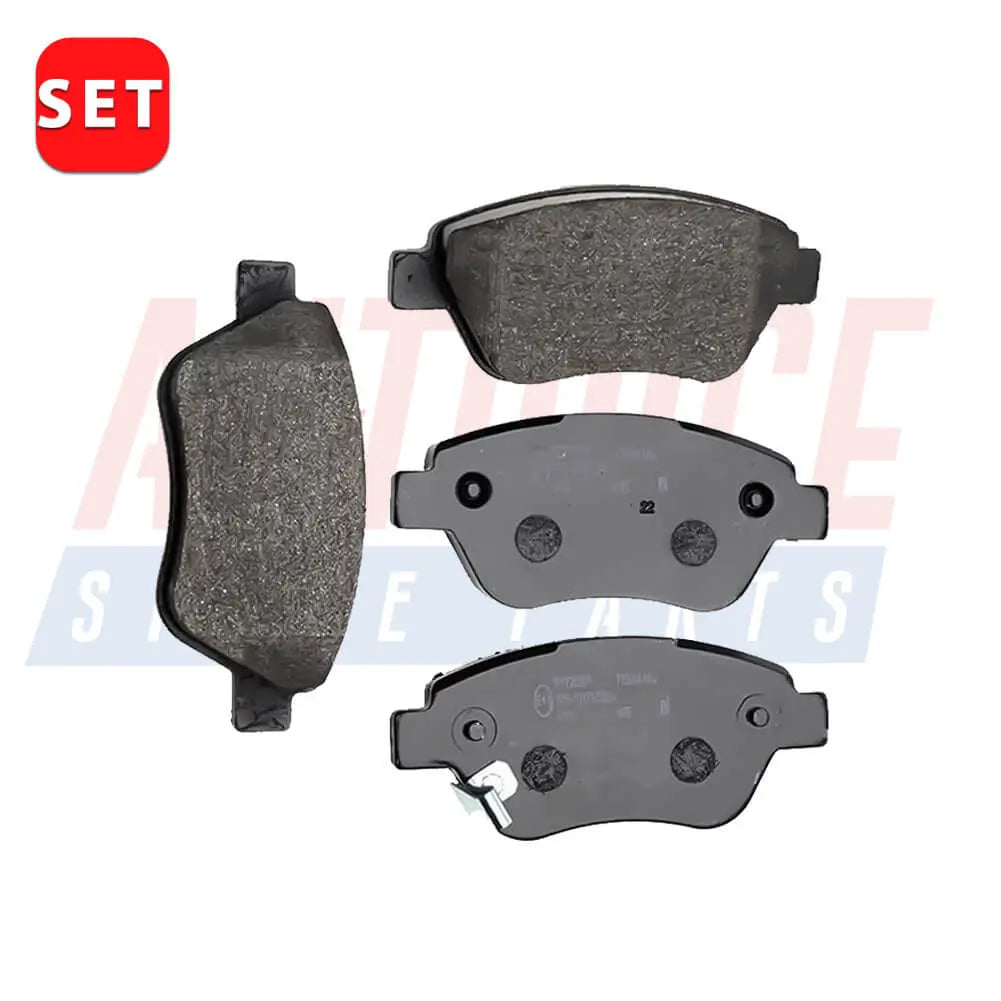Shop by Category
Brake Pads
6 products
Showing 1 - 6 of 6 products
Understanding Brake Pads: Your Guide to Stopping Power
When it comes to vehicle safety, one component plays a crucial role in ensuring you can come to a halt quickly and reliably: the brake pads. Brake pads are a fundamental part of the braking system, responsible for creating friction and converting kinetic energy into heat to bring your vehicle to a stop. In this article, we'll delve into the world of brake pads, exploring their types, materials, and maintenance, to help you understand the importance of this vital safety feature.Types of Brake Pads:
Organic Brake Pads: Organic brake pads, also known as non-asbestos organic (NAO) pads, are composed of various materials such as rubber, glass, and Kevlar, bonded together with resin. They are an affordable option and generally produce less noise and dust. However, they tend to wear faster and may not be as effective in high-performance or heavy-duty applications.Semi-Metallic Brake Pads: These brake pads are made by combining metal shavings with organic materials, forming a composite. Semi-metallic pads offer improved heat dissipation and better performance under high-stress conditions. They are commonly used in sports cars and vehicles that require frequent and aggressive braking. Although they may generate more noise and dust, they offer enhanced stopping power.
Ceramic Brake Pads: Ceramic brake pads are constructed from a dense ceramic compound mixed with copper fibers or other reinforcing materials. These pads excel in providing consistent performance, even under extreme conditions. They offer excellent heat resistance, produce minimal dust and noise, and are known for their long-lasting qualities. However, ceramic brake pads can be more expensive compared to other options.
Brake Pad Materials:
Friction Materials: Brake pads utilize friction materials to create the necessary resistance against the brake rotor. The choice of materials, such as organic, metallic, or ceramic, affects the pad's performance characteristics, including stopping power, noise, wear rate, and heat dissipation.Backing Plates: Brake pads feature backing plates made of steel or other sturdy materials to provide structural support and ensure even distribution of braking forces. These plates are designed to handle the intense pressures and heat generated during braking.
Maintenance and Replacement:
Regular maintenance and timely replacement of brake pads are vital for optimal performance and safety. Here are some essential considerations:1) Inspection: Periodically inspect your brake pads for signs of wear. Most pads have wear indicators that make a screeching noise when the pads have reached a minimum thickness. Additionally, look for uneven wear patterns or any damage to the pads.
2) Replacement: Brake pads typically require replacement every 30,000 to 70,000 miles, depending on driving habits and conditions. Consult your vehicle's manual or a trusted mechanic to determine the appropriate replacement interval.
3) Quality Matters: Choose brake pads from reputable manufacturers or trusted automotive suppliers. High-quality pads are engineered to meet safety standards and offer superior performance and longevity.
4) Professional Installation: While some automotive enthusiasts may opt to replace brake pads themselves, it's recommended to have a professional mechanic handle the installation. They have the expertise and tools to ensure the pads are correctly fitted and the braking system is properly bled.
Brake pads are a critical safety component of any vehicle, directly influencing its stopping power and overall performance. Understanding the different types of brake pads, their materials, and the importance of regular maintenance empowers you to make informed decisions about your vehicle's braking system. By prioritizing the quality and condition of your brake pads, you can enhance your safety on the road and enjoy a smooth, reliable stopping experience.
Showing 1 - 6 of 6 products
Display
View
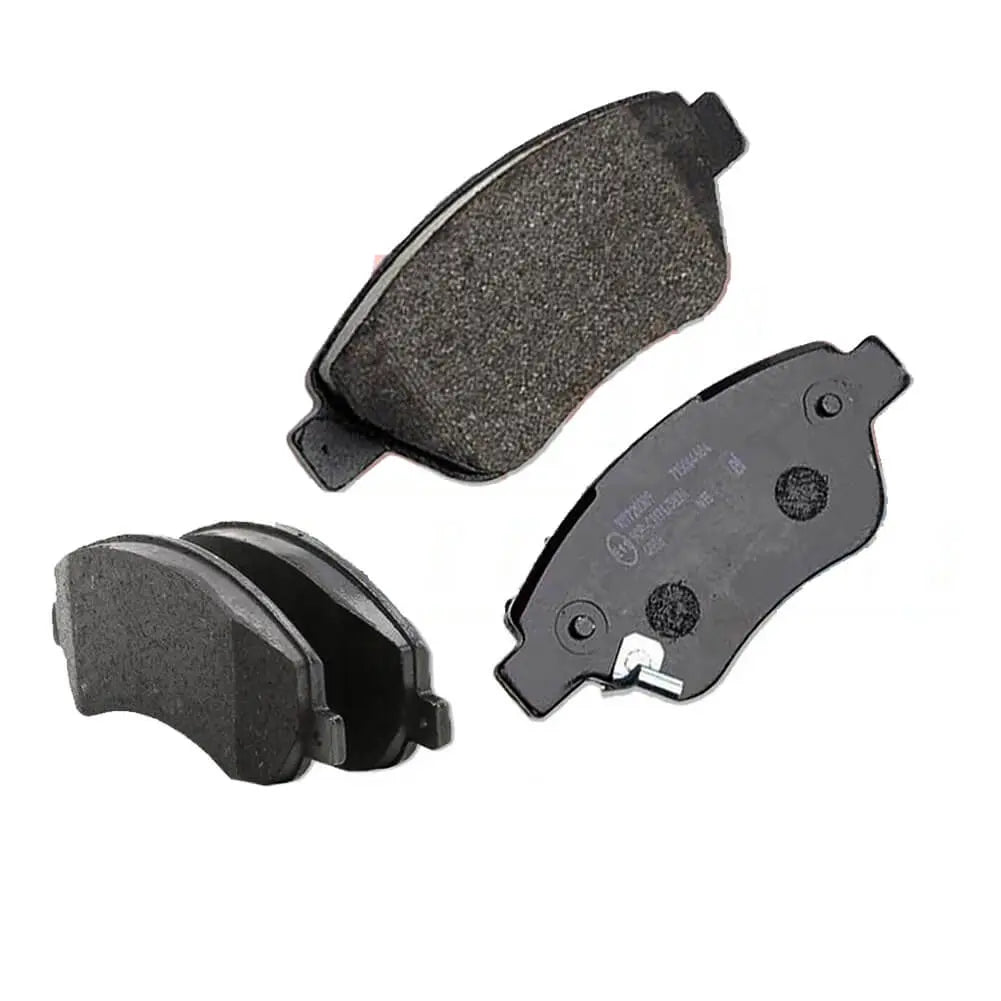
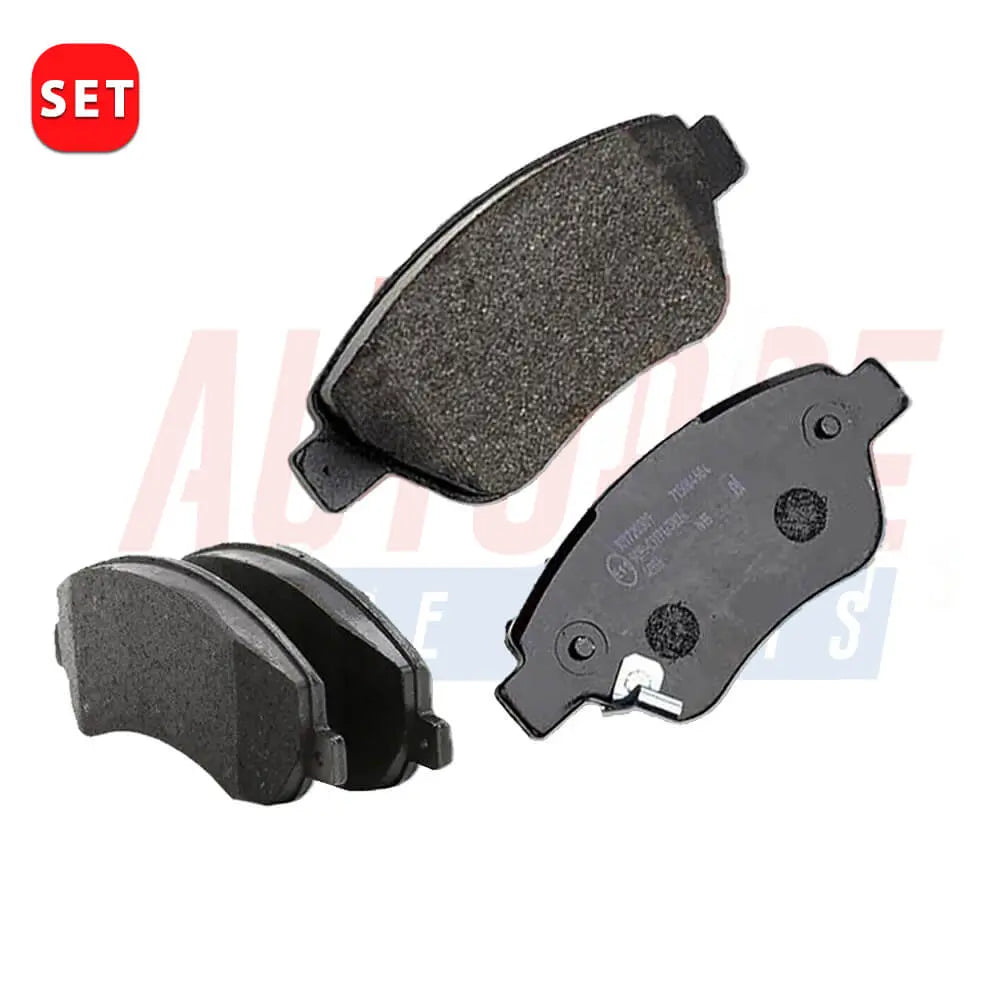
Rear Brake Pad Set For Ford Transit 2.2 2.4 3.2 TDCI 2.3 16V Tourneo 2.2 TDCI - 1560014, 1721087
Sale price£39.90
No reviews
In stock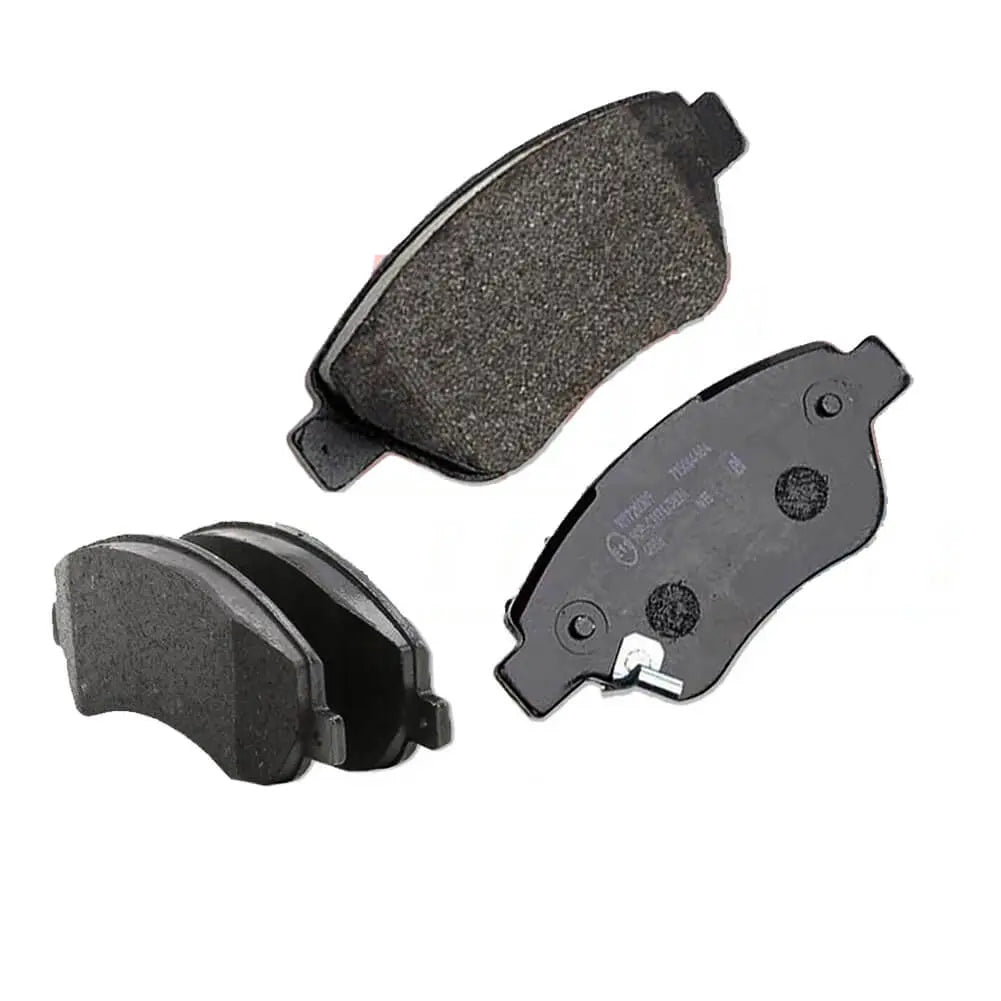

Rear Brake Pad Set For VW Amarok 2.0 TSI 2.0 TDI 4motion, BiTDI 4motion - 1371402, 1433952
Sale price£39.90
No reviews
In stock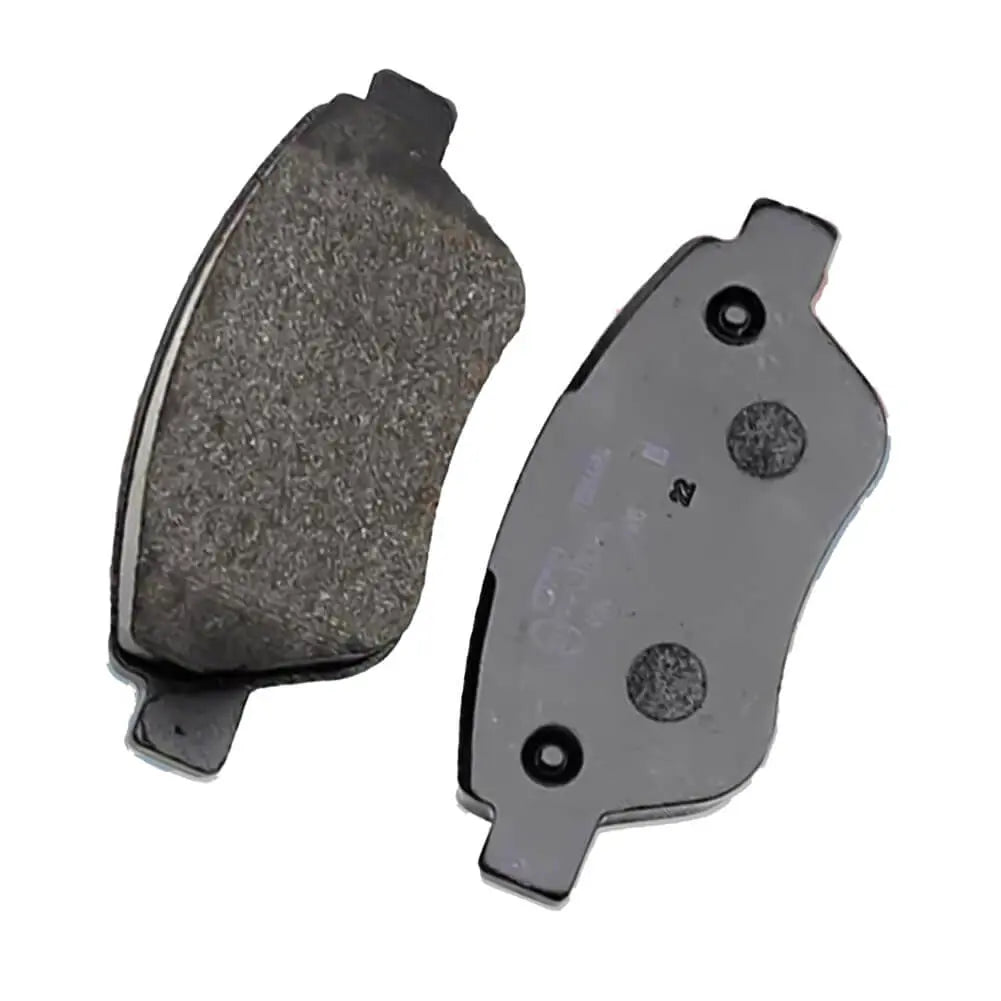
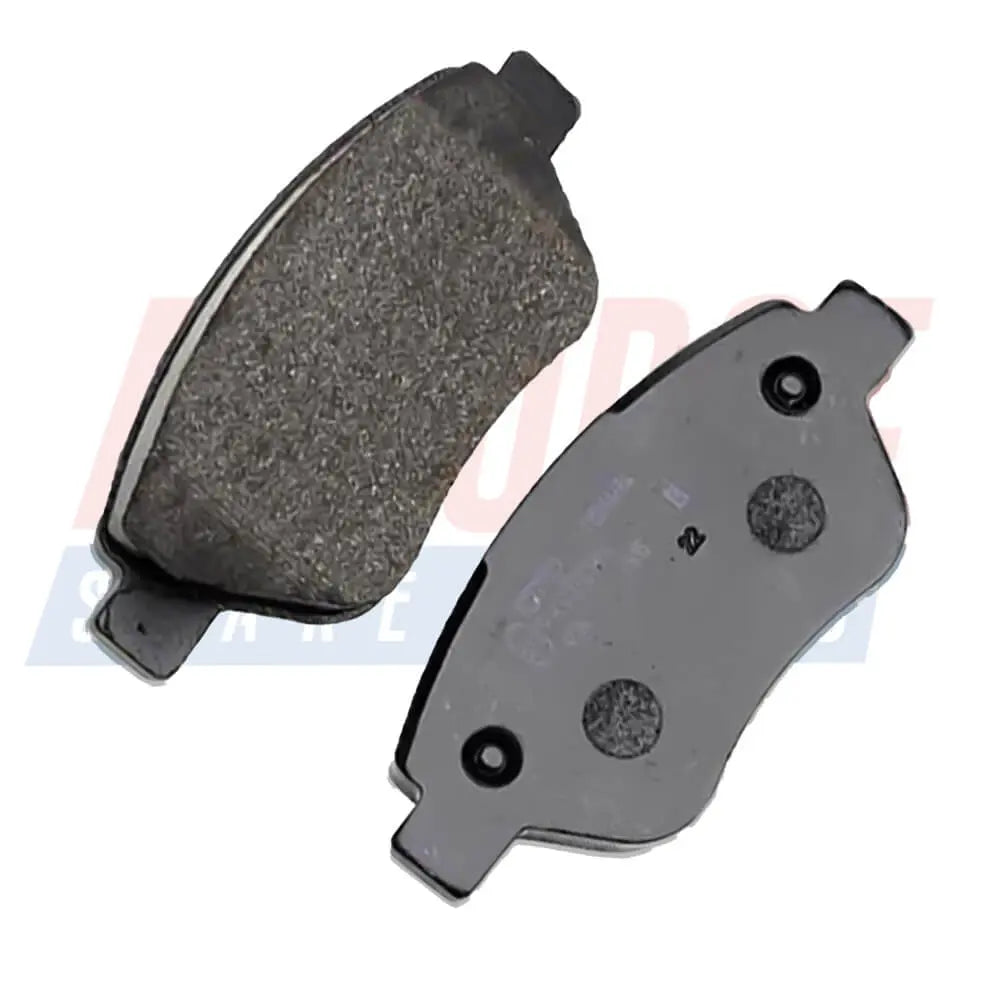
Front Brake Pad Set For Ford Transit 2.2 2.4 3.2 TDCI 2.3 16V Tourneo 2.2 TDCI - 6C112K021AE
Sale price£34.90
No reviews
In stock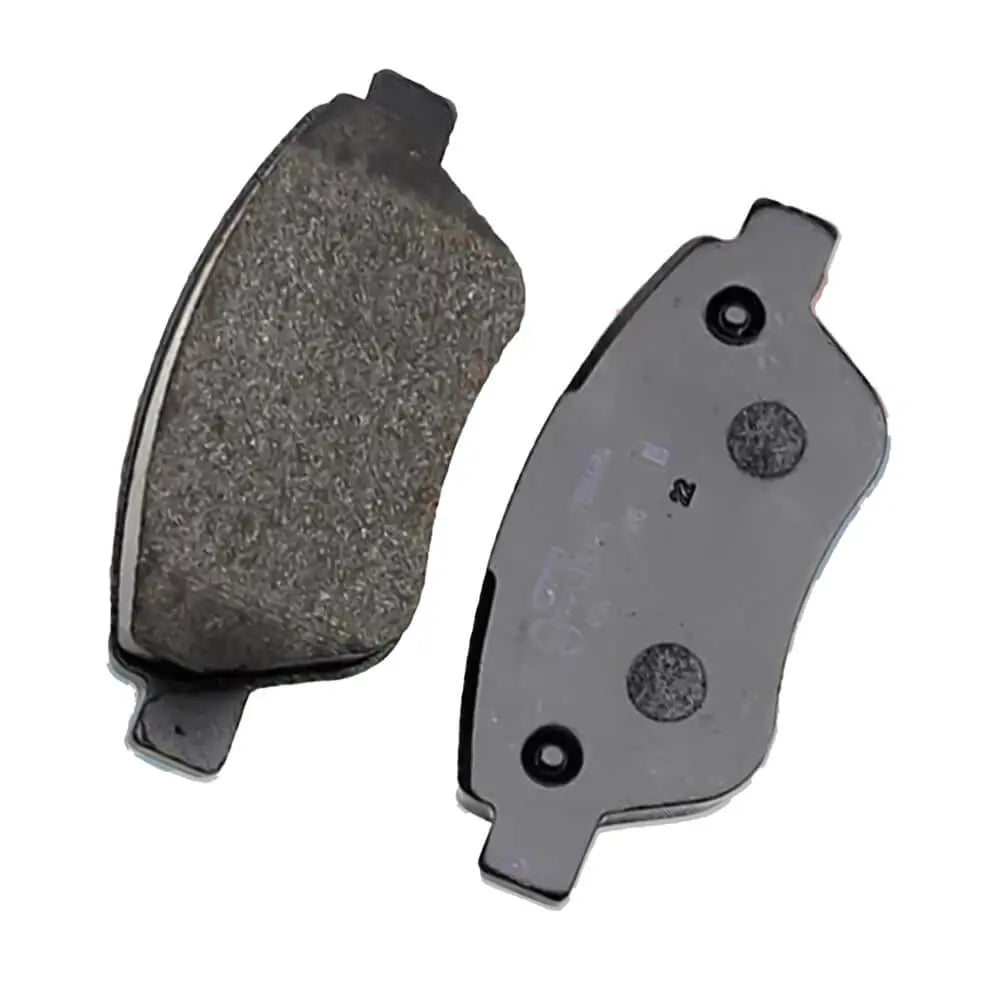
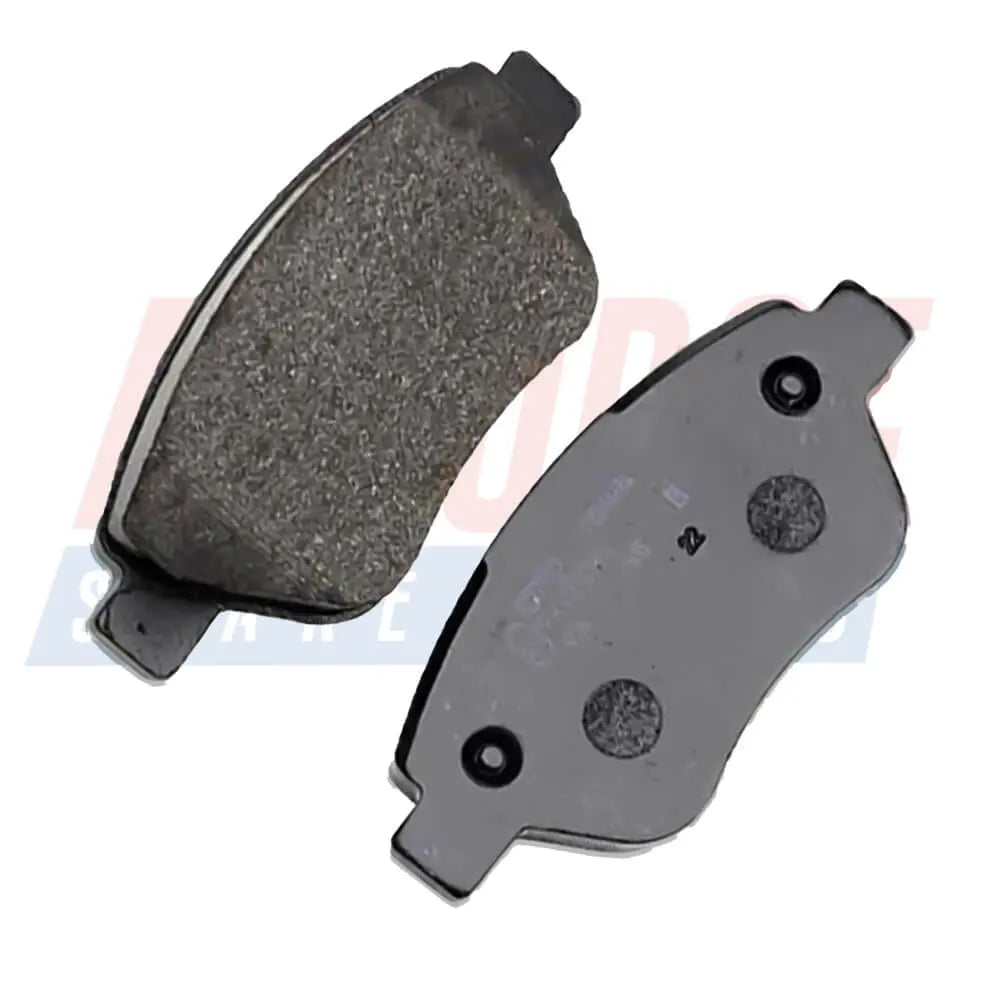
Front Brake Pad Set For VW Amarok 2.0 TSI 2.0 TDI 4motion, BiTDI 4motion- 2H0698151A, 1433952
Sale price£34.90
No reviews
In stock
Filters (0)

